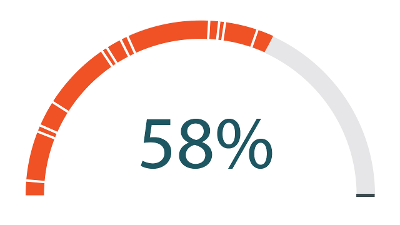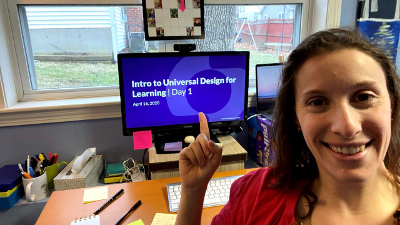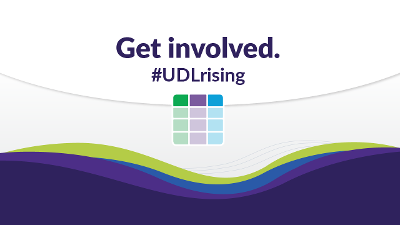Showing results 141-150 of 507 for cast
Search results
-

Friday, November 3, 2017
Make a gift in celebration of National Philanthropy Day on November 15th.
-

Technical Project Manager
Alexey is thrilled to join CAST as a Technical Project Manager, bringing a wealth of experience from a dynamic career in software engineering and project leadership.
-

CAST works in partnership with schools, districts, states, and organizations to create learning environments that are flexible, accessible, and empowering for all.
-

I was inspired to be a part of CAST because the training I expected to receive would enhance my knowledge and skills in instructional design, using the Universal Design for Learning (UDL) framework as the lens for exploration. UDL has provided me with much more and helped me to explore universal design principles in the construction and implementation of assessments within the graduate courses I teach and in supporting the master’s degree candidate students I encounter in implementing these principles in their practices.
-

I was Executive Director of the Carl and Ruth Shapiro Family Foundation during the time when we supported CAST in 2008-2009 for the Read-with-Me eBooks Project. During this period, the Foundation was very interested in supporting assistive technology for persons with disabilities. This project was an outstanding example of Universal Desgn for Learning (UDL), benefitting all learners who may be struggling with their reading skills. The President of the Foundation, Ronny Zinner, and I went CAST's headquarters in Wakefield to see first-hand how this project worked. Not only were we impressed with the project itself, but we were able to get a complete tutorial on UDL - now understood worldwide to be an educational practice that benefits all kinds of learners.
-

Members of the National Faculty are contractual service providers who deliver universally designed professional learning opportunities and cultivate a cycle of learning by supporting educator-led learning and self-reflection activities.
-

Friday, June 24, 2022
With deep heartache, we grieve the loss of our longtime friend, mentor, and collaborator Dr. Tom Hehir. CAST is deeply honored to have been one of the many organizations inspired and impacted by Tom’s work.
-

Monday, November 15, 2021
Are there cracks in the foundation of the UDL Guidelines? CAST Co-Founder David Rose says there are in a highly personal, confessional, and reflective new essay.
-

Monday, July 6, 2020
Are you an educator working in a New Hampshire school? Applications for the New Hampshire UDL Innovation Network 2020-2021 school year are due August 1, 2020!
-

Tuesday, October 6, 2020
Collaborate with us to update the UDL Guidelines, a research-based tool for designing and implementing inclusive learning environments.
